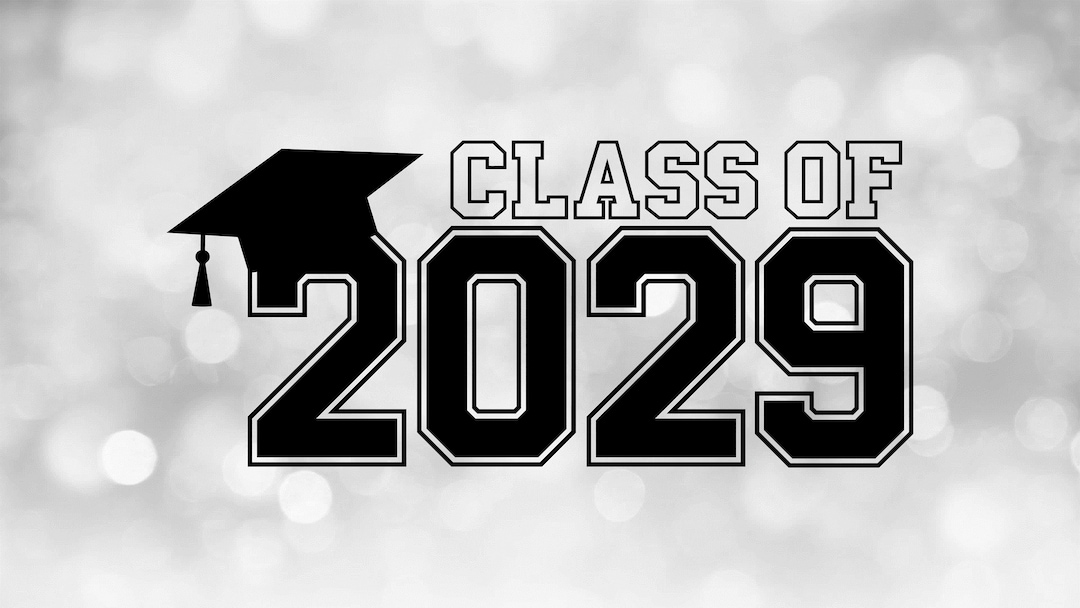
Admissions Trends: Insights for Future Applicants
The landscape of Ivy League admissions for the Class of 2029 has undergone tremendous changes. One can attribute the evolving application patterns to key policy shifts and an increased emphasis on diversity. Understanding these dynamics is crucial for prospective applicants aiming to navigate the competitive admissions process effectively.
Fluctuations in Application Numbers and Acceptance Rates
Recent data indicate a decline in the number of applications submitted to Ivy League institutions, leading to marginally higher acceptance rates in some cases. Ivy League Regular Decision Statistics for Class of 2029 | Ivy Central. Some institutions, such as Cornell, UPenn, Princeton, and Dartmouth, have once again withheld their admission rates as they have done in the previous year. This could be to avoid the stigma of being labeled as “hyperselective” and “Elitist.” Also, schools that were historically considered “safe” or “match” have become equally competitive, which ushers in the need for new strategies to succeed.
In response to the 2023 Supreme Court ruling banning affirmative action in admissions, Ivy League schools are making every possible effort to promote socioeconomic diversity.
The Rise of “New Ivies”
Deterred by low acceptance rates, students are turning to other top-tier universities. As these become more sought after, they are increasingly selective.
According to The Rice Thresher, the university accepted 2,852 applicants to the class of 2029, which, according to Yvonne Romero, vice president for enrollment, represents 7.8% of 36,777, the highest acceptance rate since 2022. This indicates a rise of 13% of applications across its various admissions cycles- Early Decision, Early Decision II, Regular Decision, and QuestBridge.
Similarly, NYU received a record-breaking 120,000 applications, marking a 3% increase from the previous year and the largest applicant pool in its history. However, its acceptance rate dropped to 7.7%, the lowest ever recorded at the university’s New York campus. NYU acceptance rate drops to 7.7% for class of 2029 – Washington Square News. Notably, NYU saw a new record for the largest early decision applicant pool in its history, with over 25,000 applications — a 10% uptick from last year. According to NYU,” about 20% of the class of 2029 will be federal Pell Grant recipients, and 20% will be first-generation students.”
Notre Dame also saw a surge in interest, particularly in its Restrictive Early Action (REA) and Regular Decision cycles, ultimately admitting just 9% of applicants—over two percentage points lower than the previous cycle.
These figures reiterate the shift in the admissions landscape, where elite non-Ivy institutions are no longer considered fallback options but highly competitive schools in their own right. Prospective applicants should recognize these evolving trends as they prepare for future admissions cycles by crafting strong applications demonstrating genuine interest and building a balanced college list.
What are Colleges Looking for in Applicants
While top schools continue to prioritize applicants with strong core interests, the 2029 admissions cycle has emphasized the growing value of interdisciplinarity. Institutions are looking for students who can bridge multiple disciplines in meaningful and innovative ways. Admissions officers are no longer impressed by applicants who simply list multiple extracurriculars. There is a growing need to showcase the intersections between your interests. If you want to stand out, simply participating in programs will not help you. Rather, working on projects with a vision to solve a real-world problem indicates that you are a student who is a potential changemaker. Hence, your extracurriculars should be designed in a way that reflects your genuine interest, which will leave a lasting impression. Hence, find and define your unique intersection. Demonstrate thoughtful integration. Showcase innovation and initiative.
Applying Early Can Make a World of Difference
Over 9,500 students applied to UPenn through the Early Decision — roughly a 12% increase from last year’s total of over 8,500 applications.
Duke University received 6,627 Early Decision applications, which is roughly a 6% increase over last year making it the highest in Duke history.
Admission to UT Austin increased 24% for the Class of 2029. Quoting from UT News, “The University received 90,562 applications during the submission period of Aug. 1 to Dec. 1, compared with 72,885 applications received for Fall 2024 admission. Applications from Texas residents increased by 12%, while out-of-state applications soared by 48%.with the number of applications received one year ago.”
Since early acceptance rates are often two to three times higher than those of Regular Decision, students should carefully assess whether an early application strategy aligns with their goals. Applying early necessitates a well-researched college list, strong academic performance, and a polished application ready by fall deadlines. For those who are well-prepared, it remains one of the most effective ways to enhance their chances of admission.
Given below is a breakdown of the data as released by some universities.
| University | Number of Applicants | Number of Accepted Students | Admissions Rate |
|---|---|---|---|
| Amherst College | 15,818 | N/A | 7% (Pre-Waitlist) |
| Boston College | 39,681 | ~5,000 | 12.6% |
| Brown University | 42,765 (Total) | 1,511 RD (2,418 Overall) | 5.65% (Total) |
| Columbia University | 59,616 | 2,557 | 4.29% |
| Cornell University | N/A | 5,824 | N/A |
| Dartmouth College | 28,230 | 1,702 | 6% |
| Harvard University | N/A | N/A | N/A |
| MIT | 29,282 | 1,324 | 4.52% |
| Princeton University | N/A | N/A | N/A |
| Tufts University | 33,400 | N/A | 10.5% |
| University of Virginia | 64,463 (17,608 VA; 46,855 OOS) | N/A | 23% In-State; 12.5% OOS |
| University of Pennsylvania | Over 72,000 | N/A | N/A |
| University of Notre Dame | 35,401 (REA and RD) | N/A | 9% |
| Williams College | 14,261 | 1,313 | 8.5% |
| Yale University | 50,227 (Total) | 1,580 (Regular Decision) | 4.59% |
